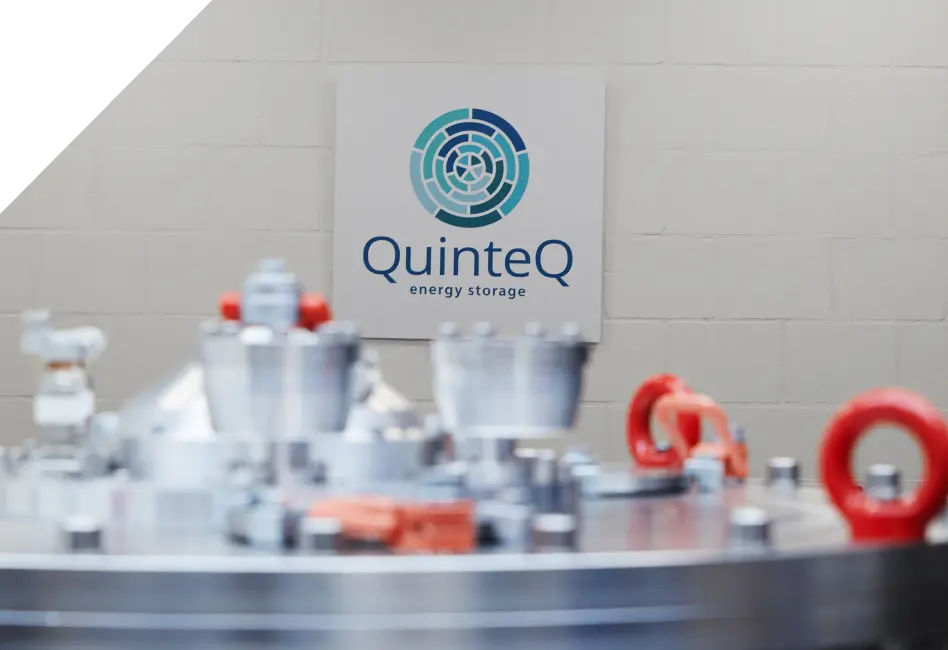
Maybe it has to do with something like Karma, or fate, or just dumb luck. How do you join two threads in a life seeming to be headed in opposite directions, an amateur environmentalist with a high tech degree? Take a third generation Boeing alumni who grew up in the Pacific Northwest of the United States spending most of his free time outside, rain or shine, and spent summers hiking in the Olympic National Park, climbing in the Cascades, biking up and down the Pacific coast, canoeing on lakes and in white water, and sailing in the San Juan Islands. Send him to MIT and give him an education in science in general and Materials Science in particular. Shoot him from there to Stanford to get a PhD in Materials Science as well, only to find that the job presumed to be a possibility back at Boeing had disappeared with the Soviet Union.
Fortunately Stanford is right in Silicon Valley, and Silicon Valley has a nearly insatiable appetite for making chips smaller and faster, and making the machines (tools) that make the chips also faster and more reliable. How else can you invest tens of billions of dollars on a new chip factory (a fab), sell the parts for fractions of a dollar, and turn a profit. As interesting as the problems in semiconductor capital equipment are your career is spent in clean rooms, or super clean rooms, gowned and masked up to protect the product from you, squeezing out just a little more yield per wafer, or just a little more speed from the chip by adding or adjusting a processing step. All of this with the goal, as an equipment manufacture, of making a ‘lights off’ factory. A foundry so reliable that the lights inside are off as no one needs to be on sight monitoring, or fixing the equipment. At the same time this equipment is getting more complex, with thousands of lines of code, dozens of different robots, hundreds of valves, and more and more exotic chemical reactions to get the desired chip. Additionally the substrates are getting bigger and bigger; realize that the largest LED TV today had to be made in a piece of equipment at least as big. Needless to say the problems are always interesting and never ending. But, perhaps because it is so capital intensive to start a new fab, the business goes through big down turns, later followed by ‘chip shortages’ like that we are having now. Either that or the industry as a whole has a single neuron which switches from ‘go like hell’ to ‘slow down’ for no apparent reason and always catches people off guard.
Fortunately Silicon Valley is not only the home of the oldest and largest semiconductor companies it is also home to a large number of the newest and smallest companies, perhaps the most in the world. Also fortunately startups, at least those not solely based on software; need people with experience with equipment, exotic materials, exotic processes, failure, a tolerance for uncertainty, and a taste for getting your hands dirty.
So after stints with startups working with carbon nanotubes, semiconductor test equipment, and founding startups in carbon nanotubes, photovoltaic solar cells, and next generation batteries along comes an opportunity to be called QuinteQ. What may not be clear from this story is a clear process of going from clean rooms to ‘clean tech’, with the two efforts immediately prior to QuinteQ in PV solar cells and high tech batteries.
Implicit at the opening of this story is that from 10,000 feet it almost looks planned. So how does all of this tie together? In the case of QuinteQ, we are based on some fantastic work done by Boeing on high technology flywheels, work done at a site I once worked at, by a division I once worked for. QuinteQ is also extremely important piece in the ongoing ‘cleaning and greening’ of the electrical grid, as well as the drive to de-carbonize transportation. Demands on the electrical grid will continue to get larger, less predictable, with less reliable supply, QuinteQ is the piece that smoothes out the bumps without interruptions. QuinteQ is literally best where your electricity is worst. Finally QuinteQ, as a critical part of the grid, needs to run without constant supervision of engineers or technicians, fortunately, having only one primary moving part, spinning in a vacuum, and not touching the outside world, our flywheel system is far simpler than the simplest semiconductor capital equipment tool.
Darin S. Olson, PhD


